Update on the Global Acupuncture Project in Uganda
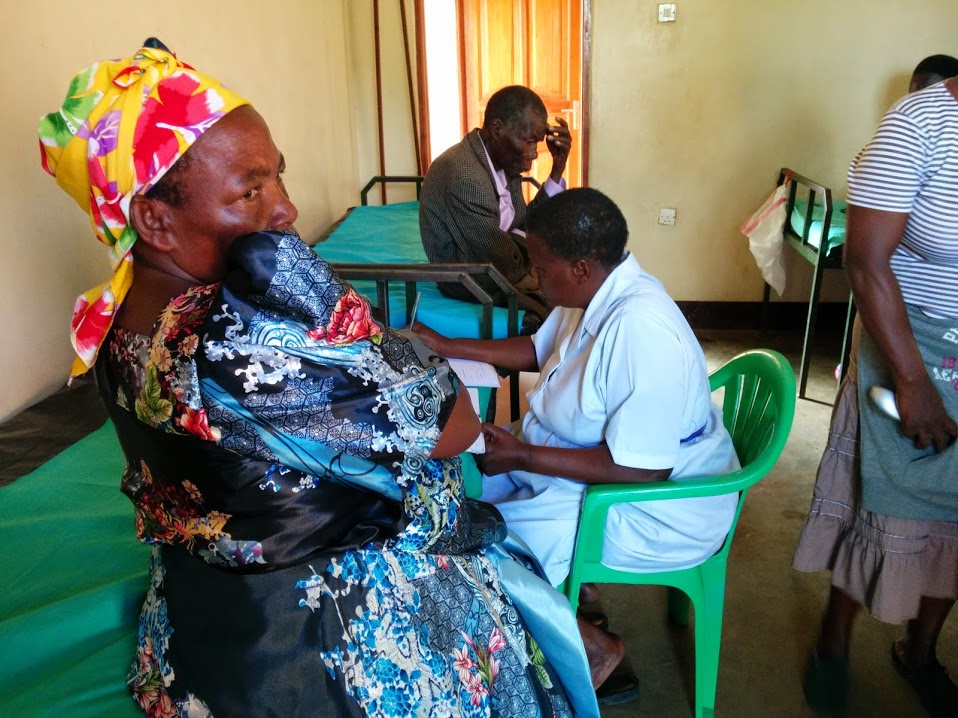 In November, 2014 the Global Acupuncture Project (formerly The PanAfrican Acupuncture Project) embarked on a new initiative. Having trained over 300 health-care workers in Uganda, we began visiting our Trainees where they practice to provide ongoing support and supervision and to enrich their skills and understanding of acupuncture. In addition, we wanted to work with the Trainees to ensure better integration of acupuncture into their facility and the overall Ugandan health-care system. During this time we also began to collect data to evaluate how acupuncture has changed our Trainees and benefited their patients. While in Uganda, I had the benefit of having acupuncturist Cynthia Miller, Trainee Patience Kinahirwe, and Trainee and Coordinator Allen Magezi working tirelessly with me.
In November, 2014 the Global Acupuncture Project (formerly The PanAfrican Acupuncture Project) embarked on a new initiative. Having trained over 300 health-care workers in Uganda, we began visiting our Trainees where they practice to provide ongoing support and supervision and to enrich their skills and understanding of acupuncture. In addition, we wanted to work with the Trainees to ensure better integration of acupuncture into their facility and the overall Ugandan health-care system. During this time we also began to collect data to evaluate how acupuncture has changed our Trainees and benefited their patients. While in Uganda, I had the benefit of having acupuncturist Cynthia Miller, Trainee Patience Kinahirwe, and Trainee and Coordinator Allen Magezi working tirelessly with me.
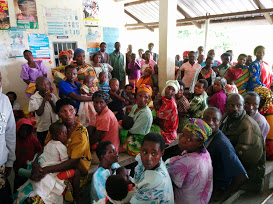 On our first day, we visited Trainee Silicity at the Kyalurangira Health Centre. This facility is in a small, isolated village that has no electricity and a poor supply of potable water. As we drove up, we found that there were already at least 200 people waiting to receive acupuncture. To address this rather overwhelming number of patients, one of us worked with Silicity as he treated patients in a treatment room, while the other three treated the many waiting patients. What was striking were the large number of people suffering from itchy, painful eyes, probably due to contaminated water.
On our first day, we visited Trainee Silicity at the Kyalurangira Health Centre. This facility is in a small, isolated village that has no electricity and a poor supply of potable water. As we drove up, we found that there were already at least 200 people waiting to receive acupuncture. To address this rather overwhelming number of patients, one of us worked with Silicity as he treated patients in a treatment room, while the other three treated the many waiting patients. What was striking were the large number of people suffering from itchy, painful eyes, probably due to contaminated water.
On Tuesday, we travelled to the Kalisizo Hospital in Rakai, where Trainees Hassan and Sarah work. We were pleasantly surprised when another Trainee, Judith, arrived to take advantage of our supervision. Here too there were many patients eagerly waiting for treatment, and the Trainees worked very hard to address all of their health needs.
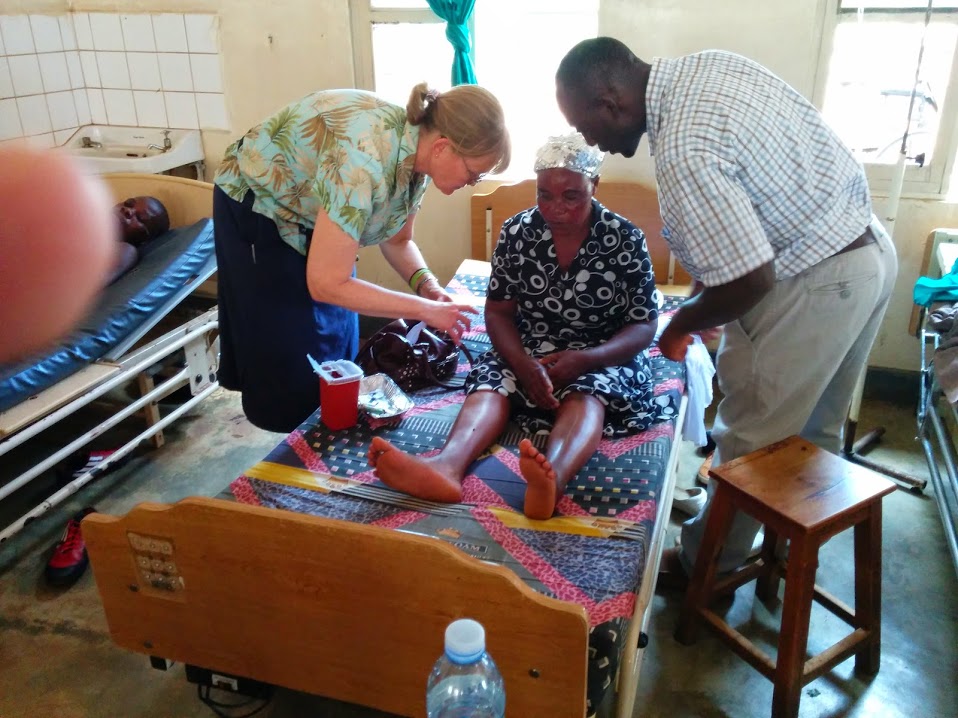 We heard from Esther, a Trainee who works in a refugee camp, about her treatment of a woman with uterine prolapse. The patient improved markedly and the prolapse occurs much less frequently. This may make surgery unnecessary.
We heard from Esther, a Trainee who works in a refugee camp, about her treatment of a woman with uterine prolapse. The patient improved markedly and the prolapse occurs much less frequently. This may make surgery unnecessary.
On Wednesday, we visited the St. Andrews Biikira Health Center, a facility run by the Catholic Church, where Trainee Sister Christine practices. Just like the previous two sites, when we arrived there were already many people waiting for acupuncture. While Christine provided acupuncture in a treatment room, supervised by one of us Trainers, the other Trainers addressed the needs of the patients, treating in rooms and in the hallway, a number of times having to move to avoid the rain that blew in and streamed down the floor. The sisters were all very excited about incorporating acupuncture into the health center, making it unique among the many clinics opening in the area.
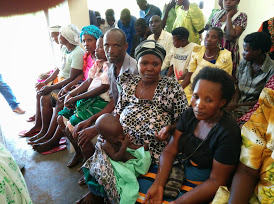 The following day we visited the Ssanje Domicillary Clinic, run by our Trainee Lucy Lwekunda. Located down a bumpy dirt road, this small clinic provided an impressive array of services, including maternal care (one baby was delivered while we were there), HIV care, and acupuncture. Lucy, a strong, motivated, and compassionate provider with an equally strong smile and hug, includes growing fruit, vegetables, coffee, and chia, as well as brewing pineapple wine among her repertoire. We all worked in a single large room, supporting Lucy as she treated the many patients that came for help.
The following day we visited the Ssanje Domicillary Clinic, run by our Trainee Lucy Lwekunda. Located down a bumpy dirt road, this small clinic provided an impressive array of services, including maternal care (one baby was delivered while we were there), HIV care, and acupuncture. Lucy, a strong, motivated, and compassionate provider with an equally strong smile and hug, includes growing fruit, vegetables, coffee, and chia, as well as brewing pineapple wine among her repertoire. We all worked in a single large room, supporting Lucy as she treated the many patients that came for help.
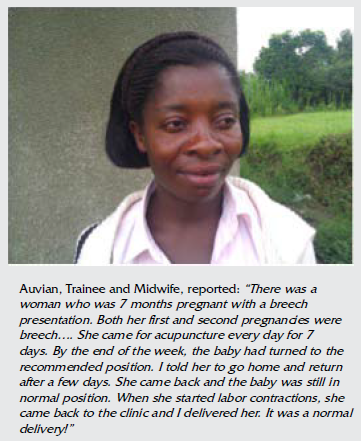
“At the clinic at Isingiro, many patients came in to be treated by the Trainees. One woman came into the clinic in tears with the pain from her knees. She was treated by a group of three Trainees, and when she was ready to get up, I joked with her that I wanted to see her running round the block. When she stood up, she began to dance and laugh and everybody gathered around her, clapping and cheering. The Trainees looked so happy and proud at what they had achieved. It was a wonderful moment to witness such a dramatic result - and on day three of their training!” – Trainer report
“One Trainee, Sarah, had malaria. She was covered in blankets and shivering all morning, and this later shifted to sweating and heart palpitations. Immediately after inserting some needles, the palpitations stopped. Soon thereafter she felt much cooler. Within a half hour, she wanted to get up and join the group to continue learning acupuncture.” – Trainer report
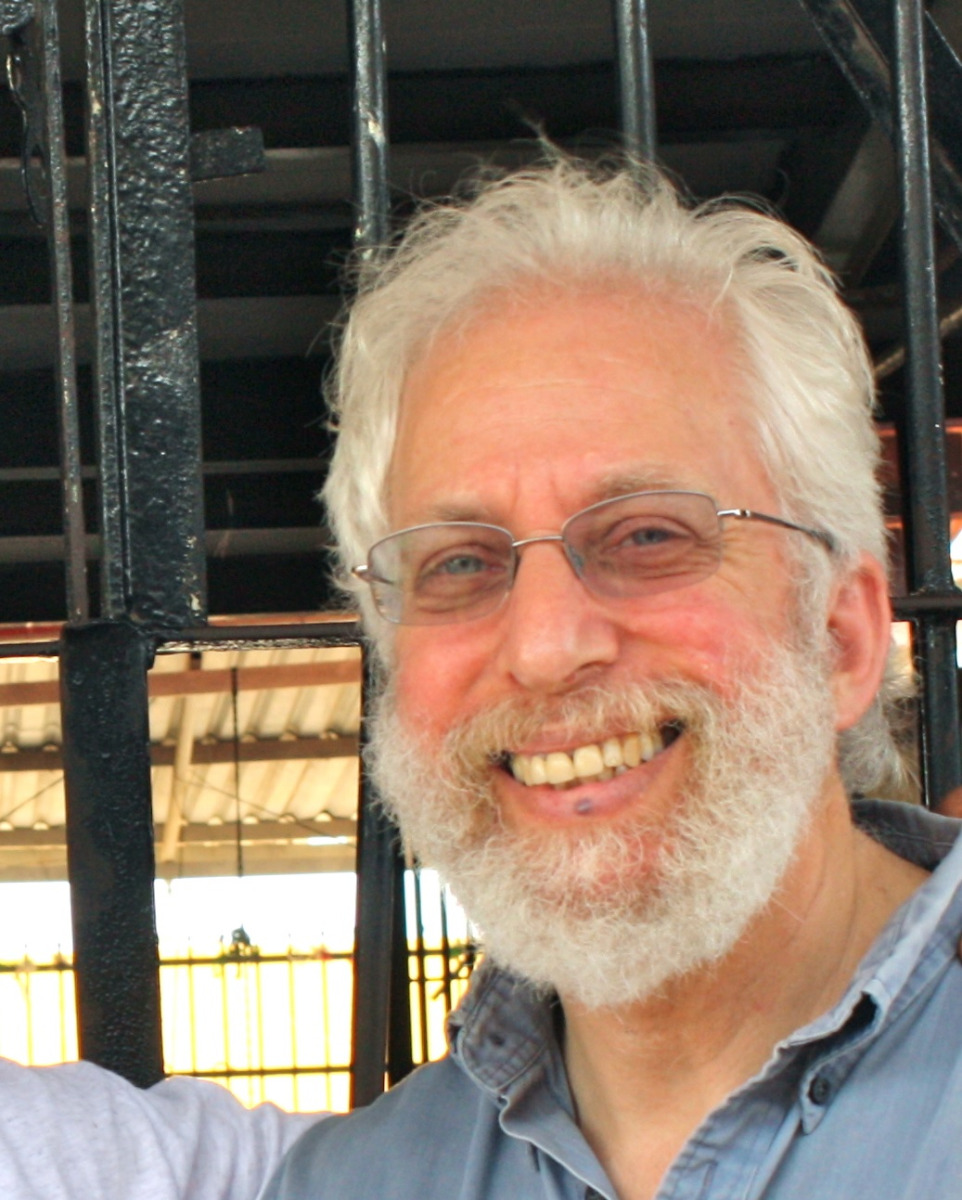
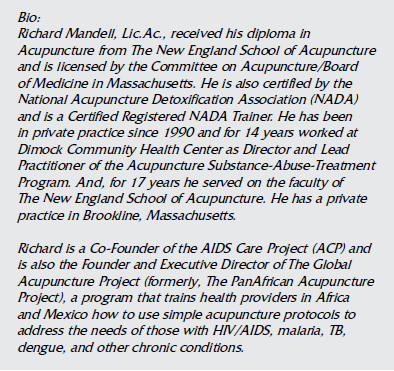
From small, remote village clinic, to large hospital, wherever we visited, all of the Trainees expressed their commitment to continuing to provide acupuncture and an eagerness to learn more. And the many patients who journey sometimes long distances to receive acupuncture are an indication of the need for simple, effective treatments and the significant benefits that the people experience from acupuncture. For more information about our work in Uganda and Mexico, including how to become a volunteer and how to support this important work, please visit www.globalacupuncture.org. (Continuing education credits are available for licensed acupuncturists. GAP/ PAAP is a nonprofit organization, and thus all donations are tax deductible.)
REPORT FROM THE FIELD
By Trainee James Butare
From 1 July 2006 to 30 June 2007, I evaluated the effectiveness of acupuncture in the Ugandan district of Mbarara. Of my 181 patients:
- 65% got healed with a single treatment.
- 21% got healed with three treatments.
- 11% got healed with more than three treatments.
I also evaluated the efficacy of acupuncture treatments on diseases and symptoms related to HIV/AIDS. The results showed 98% success.
Stroke: Acupuncture treats stroke, and within an average length of one month patients start walking by themselves. Eight of the eleven patients I treated made it out of bed and walked by themselves; the three who didn’t make it gained a lot too. For example, other symptoms stroke patients have are pain, loss of speech, incontinence of urine and stool, wasted muscles, and stiff joints. When these symptoms are addressed, they disappear very early. This is what impresses the patient and his attendants and encourages them to continue with the treatment. Generally patients gain body weight and have a greater sense of wellbeing.
Trauma: Simple injuries like bruises, contusions, and joint sprains respond very well. Acupuncture does wonders. Pain and inflammation reduce immediately so the patient can start walking freely. With acupuncture treatments septic wounds become very clean in the first three days, they also reduce in size and qualify for a skin graft.
Paraplegia: These patients also gain quite a lot from acupuncture. Incontinence of urine stops, pressure wounds heal, both motor and sensation improve. With prolonged treatment, there is no doubt that a great number of patients would get out of their beds much more quickly.
Chest: In asthmatic attacks when a patient is treated with acupuncture he or she will tell you that the chest is light. And if acupuncture treatment continues, the crisis of attacks reduce to the extent that one may say that it has healed. In asthmatics, cough, chest pain, and wheezing are
reduced.
Palpitations: Treating palpitations and chest pain also gives good results. I have treated very many of these cases, be they hypertensive, diabetic, or cardiac patients. Acupuncture treatments are very helpful in all cases.
Abdominal problems: All cases, such as abdominal distention, constipation, diarrhea, also respond positively to acupuncture treatment.
Fibroids: I have treated very huge masses in the lower abdomen, and the sizes reduce clinically during my presence. After few treatments, they disappeared completely. I have also treated different types of hemorrhage and dysmenorrhea with good results.
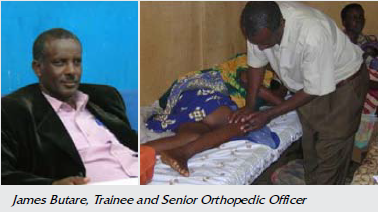
Generally, acupuncture improves the patient’s general health, reduces stress and anxiety, improves immunity, and stops pain almost spontaneously. It is therefore imperative and my strong opinion that acupuncture treatment must be made available to all the concerned patients.

